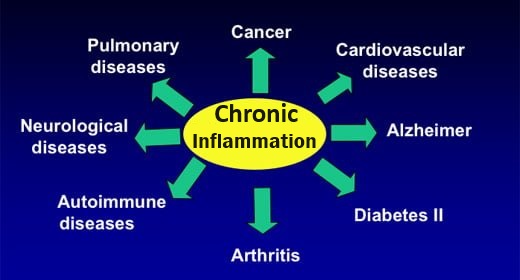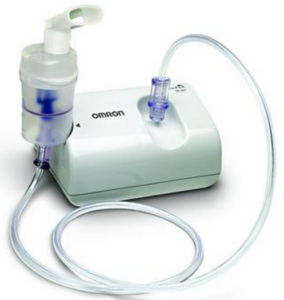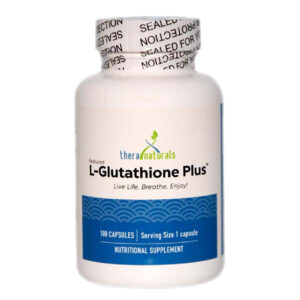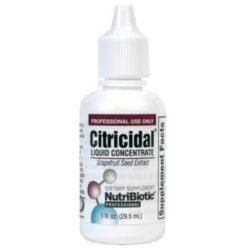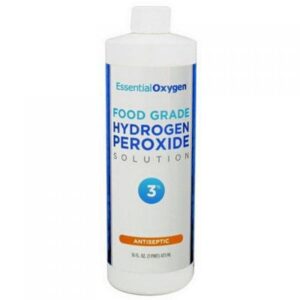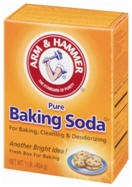Nebulizing / Vaporizing Magnesium Chloride
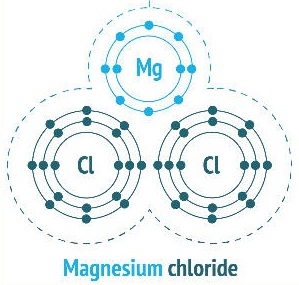
Magnesium chloride oil concentration for use in a liquid nebulizer
Magnesium chloride oil should be nebulized as a 7.5% isotonic solution – delivering 7.5 g magnesium chloride per 100ml of distilled water. 100 ml of this strength solution contains a total ~2000 mg elemental magnesium – providing ~100 mg elemental magnesium / 5ml. An isotonic solution has the same salt concentration as cells and blood.
- If making 7.5% isotonic solution from magnesium chloride flakes – add 7.5 g (~0.25 oz) flakes to 100mL (~3.5 oz) distilled water;
- If making 7.5% isotonic solution from 35% magnesium oil solution – add about 3 ¼ tsp. of 35% magnesium oil solution to 100 ml distilled water.
For instructions on how to make a 33% or 35% Magnesium oil solution:
You should use a very pure form of magnesium chloride for nebulizing – many products on the market contain contaminates, including lead and mercury.
Health Uses – nebulization concentrates effects in the lung and bronchial tissues; also enters bloodstream for a systemic effect
- Pulmonary infections
- Lung cancer
- Those undergoing bronchoscopy
- Nebulized magnesium sulfate improves pulmonary function in severe acute asthma – and is well tolerated
Blitz M, Blitz S, Beasely R, Diner BM, Hughes R, Knopp JA, Rowe BH. Inhaled magnesium sulfate in the treatment of acute asthma. Cochrane Database Syst Rev 2005 Jul 20;(3) CD003898.
Comparison randomized, double-blind, controlled clinical study of 33 asthma patients (ages 12-60 yrs) -found similar efffects using nebulized magnesium sulfate or nebulized albuterol
Mangat HS, D. Souza GA, Jacob MS. Nebulized magnesium sulphate versus nebulized salbutamol in acute bronchial asthma, a clinical trial. Eur Respir J. 1998; 12:3414.
Compared to albuterol plus 0.9% sodium chloride, nebulized magnesium sulfate combined with Albuterol for treating acute asthma had a synergistic effect, with improvements seen in 10 minutes, and lasting 20 minutes. Even severe airway obstruction showed great response to the combination treatment.
Nannini LJ, Pendino JC, Corna RA et al. Magnesium sulfate as a vehicle for nebulized salbutamol in acute asthma. Am J Med. 2000; 108:193-7.
In another study, researchers concluded that magnesium helped to minimize the bronchoconstriction effects from sodium metabisulfite, a common preservative in food and drugs.
Nannini LJ, Hofer D. Effect of inhaled magnesium sulfate on sodium metabisulfite-induced bronchoconstriction in asthma. Chest. 1997; 111: 858-61.
Magnesium’s modus operandi in asthma is probably in its role as a smooth muscle relaxant – by interfering with calcium uptake, and magnesiummay also counteract bronchoconstricting agents (E.g. sodium metabisulfite, methacholine, and histamine).
Magnesium chloride oil used in a vaporizer
Another method for bringing MgCl2 into the lungs – is to add magnesium chloride oil to water in a room vaporizer placed in a sick person’s bedroom at night.











